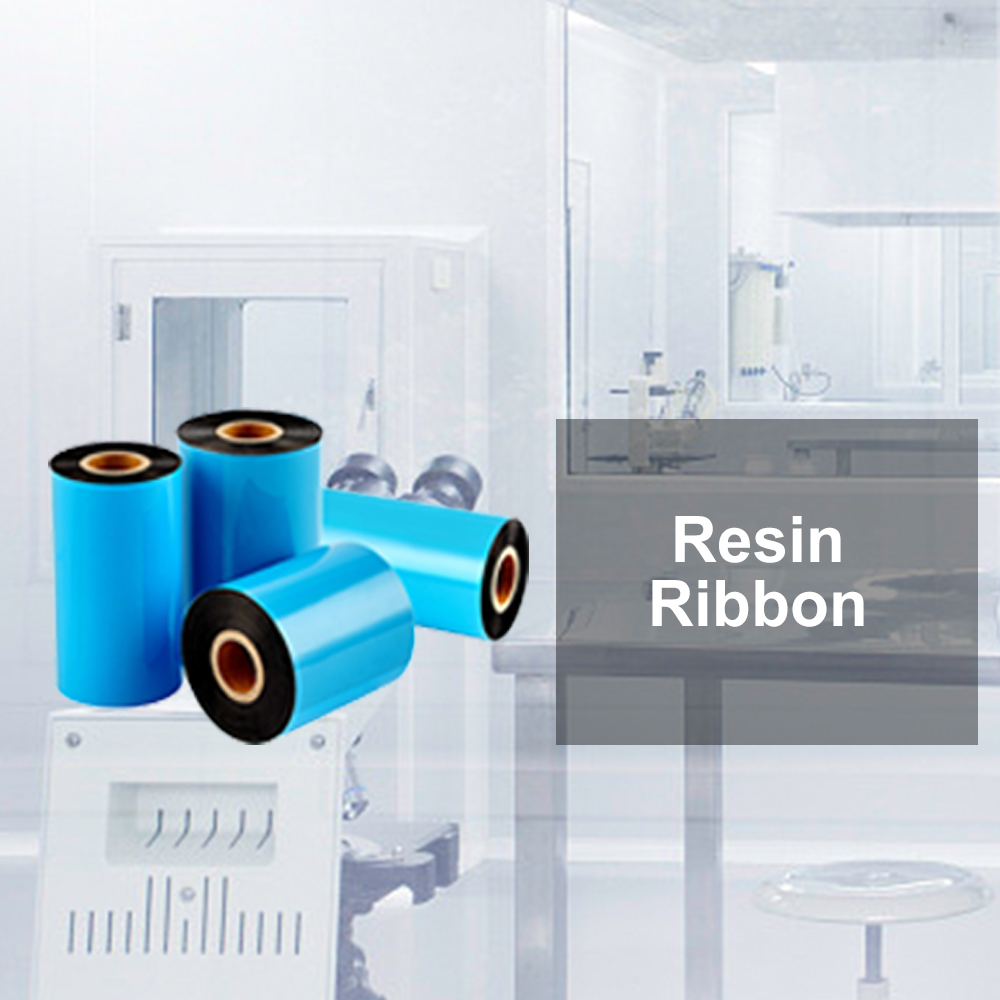How Long Does It Take for Thermal Transfer Ribbon to Fade After Printing
For durable labels and receipts, thermal transfer printing is a must-have; however, how long can we hope these prints to remain sharp and legible? The response isn't just about time; it also depends on the kind of ribbon used, the surroundings it is in, and how closely the print complements its material mate. This post will remove the layers of thermal transfer ribbon technology to expose what influences the lifetime of your prints and provide useful guidance to guarantee they will last.
Demystifying Thermal Transfer Ribbons
|
Thermal transfer printing is the technique wherein a durable print is created by melting a ribbon covered in colored wax, resin, or both onto paper or another material. An activity exact enough to generate sharp text and graphics, the printer uses a heated printhead to move ink from the ribbon to the substrate. The ribbons are mostly of three kinds:
Every variety meets varied durability requirements and surfaces; hence, the choice of ribbon is quite important for the lifetime of the intended use. |
 |
Elements That Affect the Endurance of Thermal Prints
Ribbon Quality and Print Life
Print life depends critically on the quality of the thermal ribbon. High-grade ribbons provide prints that are resistant to fading over time by fusing well with substrates. On the other hand, lower-quality ribbons could produce prints that, even under ideal conditions, fade rapidly.
Environmental Impacts on Fade Time
How long a thermal print remains legible depends much on environmental factors.
- Particularly in cases of non-resistant ribbons, UV radiation can hasten the fade of prints.
- Excessive heat could darken or blur prints; cold can make them brittle and prone to harm.
- High humidity or direct liquid contact can smear prints unless especially intended to be water-resistant.
Compatibility's Role in Durability
The durability of your substrate material depends on you choosing the right ribbon. For synthetic materials that must withstand hostile environments, for example, resin ribbons are essential; wax ribbons would be sufficient for temporary labeling on paper. Poor adhesion resulting from an ill-matched ribbon-substrate pair makes prints susceptible to environmental factors and physical wear and tear.
How Long Can You Expect Your Thermal Ribbon Prints to Last?
The kind utilized will greatly affect the lifetime of prints created with thermal transfer ribbons.
- Usually kept indoors and away from harsh conditions, wax ribbons produce prints that can endure between six months and two years, yet they fade more quickly in direct sunlight or physical use.
- Resin ribbon prints, well-known for their endurance, can keep integrity for upwards of three years—even under more severe environmental pressures.
- Wax-Resin Ribbons offer a compromise, with a 1 to 3 year estimated lifespan depending on handling and degree of exposure.
Although manufacturers provide lifetime predictions based on controlled conditions, actual experiences sometimes point to a lower lifetime due to factors such as temperature changes, direct handling, and UV light exposure. For instance, whereas resin-based prints in industrial environments might exceed their lifetime predictions, an outdoor label printed with wax ribbon would not stay up as long as its indoor equivalent. While deciding the possible staying power of thermal prints, one should take into account these pragmatic conditions in addition to manufacturer claims.
How to Maximize Print Longevity
Correct storage and handling are absolutely vital to guarantee the longest life for your thermal prints. To stop fading and damage, keep printed materials out of direct sunlight, excessive humidity, and very hot or cold. Handle them lightly to prevent physical damage and smudges that can accelerate wear.
Choosing the right ribbon is equally vital:
- For general indoor labeling, wax ribbons offer a cost-efficient choice.
- In environments with moderate risks of abrasion or chemical exposure, wax-resin ribbons provide a durable middle ground.
- For industrial applications where labels face harsh conditions, resin ribbons are the best bet due to their superior resistance.
Match the ribbon to your specific application needs, taking into account the environmental challenges the print will face, to extend the life of your thermal transfer ribbon prints as much as possible.
Preventing Premature Fading in Thermal Prints
Usually, few preventable mistakes define premature fading of thermal prints. Using the wrong ribbon type for your material on a regular basis can cause rapid degradation; similarly, improperly loading the ribbon or media can produce poor-quality prints from the outset. Ignoring printer settings, including speed and heat, might also help to reduce print durability.
To maintain prime printing conditions:
- Keep your printer clean; dust and debris on the printhead can cause inconsistent printing.
- Perform routine maintenance; replace, as advised by the manufacturer, parts, including the printhead and rolls.
- Ensure the printer's environment is free from extreme temperature changes and humidity.
Your thermal prints can last far longer if you avoid these typical mistakes and follow a strict maintenance plan.
Ensuring Your Prints Stand the Test of Time
Finally, the lifetime of thermal transfer ribbon prints is a dance of quality, environment, and compatibility as much as a matter of time. Your prints will last much longer if you choose the appropriate ribbon for your work, keep a perfect storage environment, and treat your printer with the maintenance it merits. Although the world of thermal printing could appear complicated, equipped with these insights, you are more than able to prevent early fading and make sure your labels and receipts remain legible for as long as feasible. Keep in mind that some foresight is beneficial in maintaining the quality and longevity of your crucial printed material.



